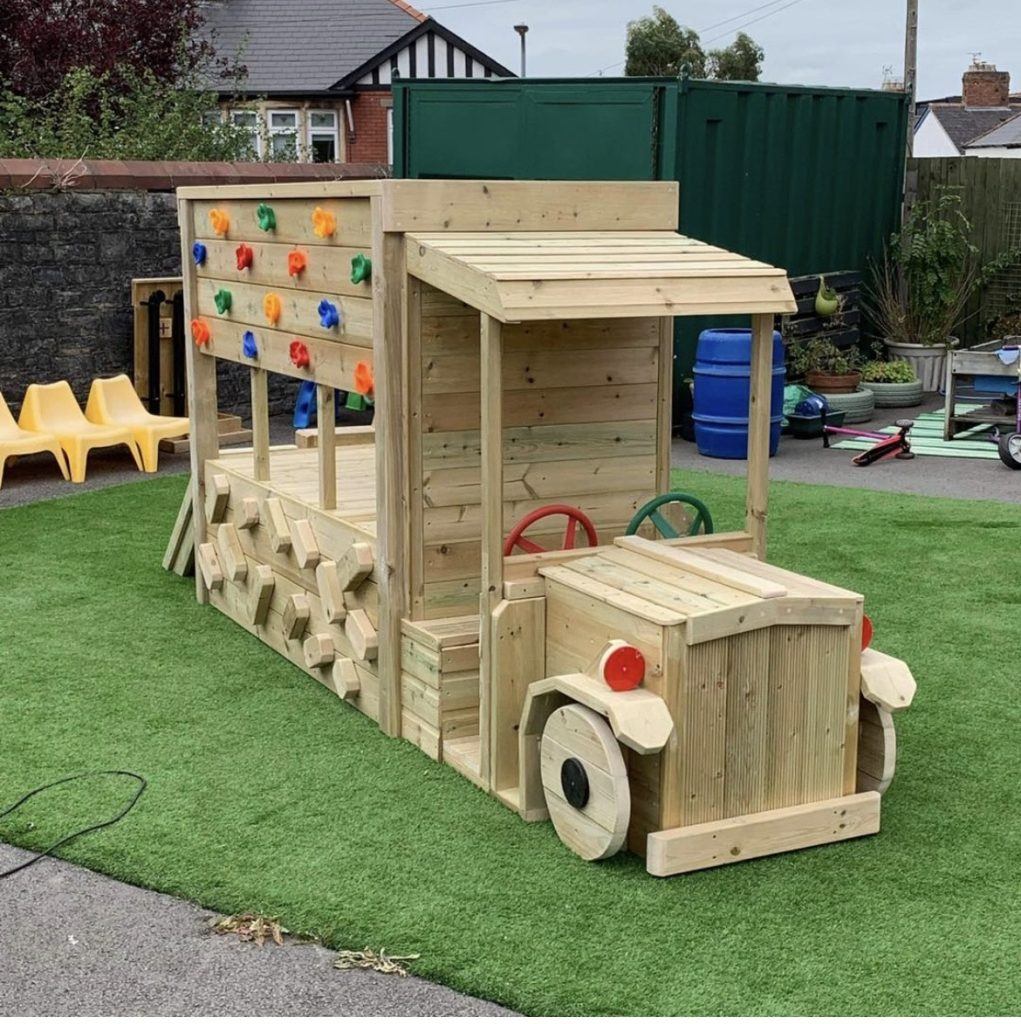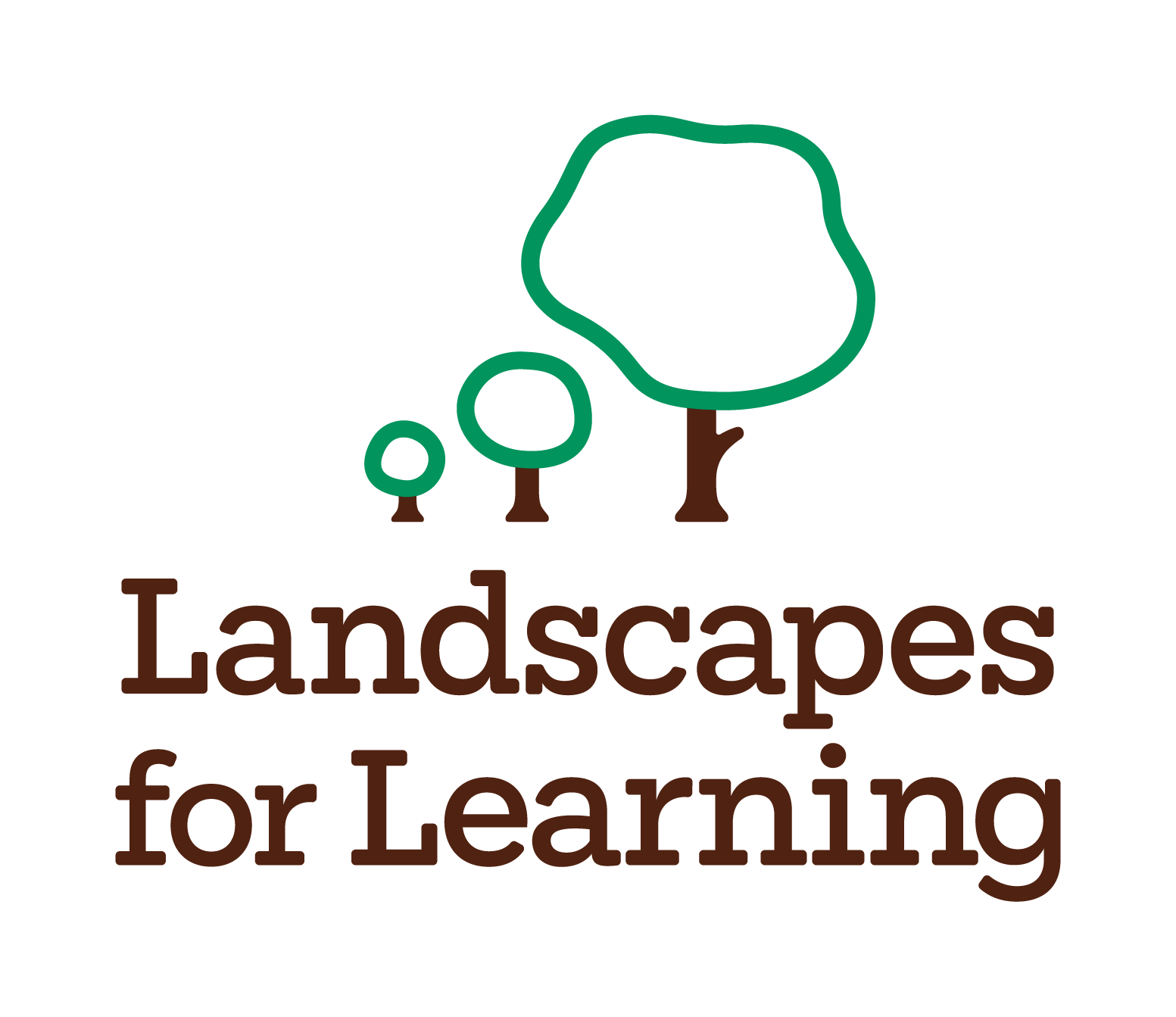The benefits of climbing frames for children

We all know the benefits of outdoor play versus sitting kids in front of screens inside, but it is surprising just how far-reaching those positive outcomes are. Climbing frames are not just great to help kids acquire physical strength; they also provide mental benefits, social benefits, sensory awareness benefits, and health benefits!
The basic benefits of climbing frames for children
There’s more to climbing frames than letting kids expel pent-up energy, or watching their enthusiasm for exploring a new space. Climbing frames provide a controlled environment wherein children can face lots of tests, and work out how to navigate their own reactions and responses to them in a setting that is challenging – but, crucially, safe.
The developmental benefits of climbing and the way it assists and prompts in elements of childhood growth fit into five categories:
- Physical benefits
- Mental benefits
- Social benefits
- Sensory awareness benefits
- Health benefits
The benefits of climbing frames for younger children
Younger ones are the children we more readily see on playground climbing frames. From the moment children learn to pull themselves up, there is something to stimulate them in a climbing frame. Toddlers are always exploring new ways to move and be, and climbing frames can be the perfect stimulus!
Not only do climbing frames encourage physical strength, but they also spur imagination and creativity, and cater to young children’s predilection for taking risks (it’s a developmental pre-requisite!) – but, safely! Risk-taking, and risk assessment, are vital life skills that children need to learn. A controlled environment is the best place to do so.
Where governments in the UK and abroad have suggested physical activity targets for older children, younger children have typically been disregarded, on the assumption that they are getting enough physical activity, which several studies suggest might not be the case. Research postulates that
“general movement activities develop specific movement patterns and skills; these, in turn, provide the basis for the acquisition of future complex skills where greater emphasis can be placed on the health, fitness, and behavioural components of physical activities.”
The physical benefits of climbing for younger children
For preschool and early years, the physical benefits of climbing frame play include:
- Increased strength, and lean muscle mass, gained from holding, supporting, and elevating their body weight
- Improved fine motor skills, gained from the hand-eye coordination needed for grasping handholds and ropes, etc
- Improved gross motor skills, gained by full-body exertion when climbing, jumping, running and hanging, etc
- Refined skills of coordination, agility, speed, and balance as regular practice leads to improvement
- Increased visual perception, as kids quickly learn where to place hands and feet
Physical development isn’t only useful for a child’s burgeoning strength, control and agility, though. Physical development is actually hugely foundational, impacting both cognitive development and motor skills too. This study states that “motor skills are considered to be linked with various health outcomes such as adiposity, self-esteem, cardiorespiratory fitness, and cognition”, among others.
The physical challenges presented by a limbing frame are the perfect obstacle for preschool children to surmount, spurring further development and aiding learning – both in formal classroom settings and in more holistic lifelong learning scenarios.
The mental benefits of climbing for younger children
Whether navigating rock climbing holds, ladders or ropes, climbing engages the child’s brain in important ways. Will they go to the top? If so, how? What actions will they need to undertake to get there? This seemingly simple navigation of a task prompts the adoption of skills like:
- Practising decision-making
- Completing an activity sequentially
- (low-risk) problem-solving
- Improving memory through both long-term and short-term recall
- Visualising the solution to a problem
- Focussing and ignoring external stressors
They also learn persistence. Because climbing frames are fun, they will ‘try, try again’ until they succeed, learning to persevere through play. These are skills which are then transferrable to their more formal learning environment, such as in the classroom when they are asked to perform a task sequentially, follow instructions, or tackle a new challenge. Climbing may even improve mental health and wellbeing, according to some studies.
The social benefits of climbing for younger children
Spanning several developmental milestones and necessary skill sets, climbing can bring about educative scenarios for children to respond to. As well as mastering self-control, and emotional regulation, climbing frames prompt situations in which children need to share, wait their turn, and tackle challenges alongside their peers.
The social and emotional benefits of climbing frames include:
- Nurturing their self-confidence in the face of new challenges
- Working through feelings of fear and stress
- Overcoming new challenges
- Accepting failure
- Growing their skills of self-reliance
- Pushing through temporary difficulties and discomforts
- Learning to respond to internal motivation, choosing which tasks to tackle
Alongside straightforward climbing, climbing frames are also a treasure trove for imaginative play. The rope ladder becomes the rigging of a pirate ship, the upper deck the basket of a hot air balloon, the steps the ascent of a snowy mountain, the rope bridge a tightrope over hungry crocodiles…the list goes on. Such imaginative play is vital, with benefits such as developing their creativity, allowing them to express themselves (emotionally and linguistically), giving them a chance to develop empathy and perspective on other children’s lived experiences, and a place to experiment. Studies have also established a compelling link between social/emotional development and school success.
On a simple level? Climbing is just fun! Enjoying ourselves prompts the release of endorphins, the hormones which improve mood, reduce levels of stress, and can even minimise pain.
The sensory awareness benefits of climbing for younger children
Climbing is replete with plentiful kinetic tasks requiring children to experiment with their sensory awareness. Stretching for the next monkey bar, placing feet on footholds to climb, or stretching for the next bar or step are all key tasks for building spatial awareness. We actually have seven senses – the two lesser-known ones are vestibular and proprioception, and they are connected to touch. The vestibular sense involves movement and balance – ie where our body is in space.
Proprioception meanwhile is called body awareness – the sense of where are parts are in relation to one another, helping us to figure out how to complete tasks that require us to engage our sense of touch differently – like drinking from a delicate glass versus lifting up a heavy plastic carton of milk. Climbing is useful in the development of both of these touch senses, too, which in turn assist us in managing our interactions with the environment we find ourselves in.
The health benefits of climbing for younger children
The health benefits established by a physically active childhood are being explored, but look set to support the evidence that being physically active throughout life supports your health systemically. Climbing frame activity supports plenty of physical processes that promote both further physical development but also overall wellness. Health benefits of climbing include:
- Improving strength as they climb, grip, and support their body weight
- Increasing flexibility as they reach a hand or foot to the next rung or step
- Raising the cardiovascular flow as they spend time reaching overhead
- Improving coordination as they coordinate information between their hands, eyes, legs, and feet.
- Stabilising their core, and they develop the skills to climb and balance.
Here at Landscapes for Learning, we believe wholeheartedly in the formative value of play. If you’re looking for obstacles and equipment to get kids climbing, check out our climbing frames product drop-down for inspiration.
